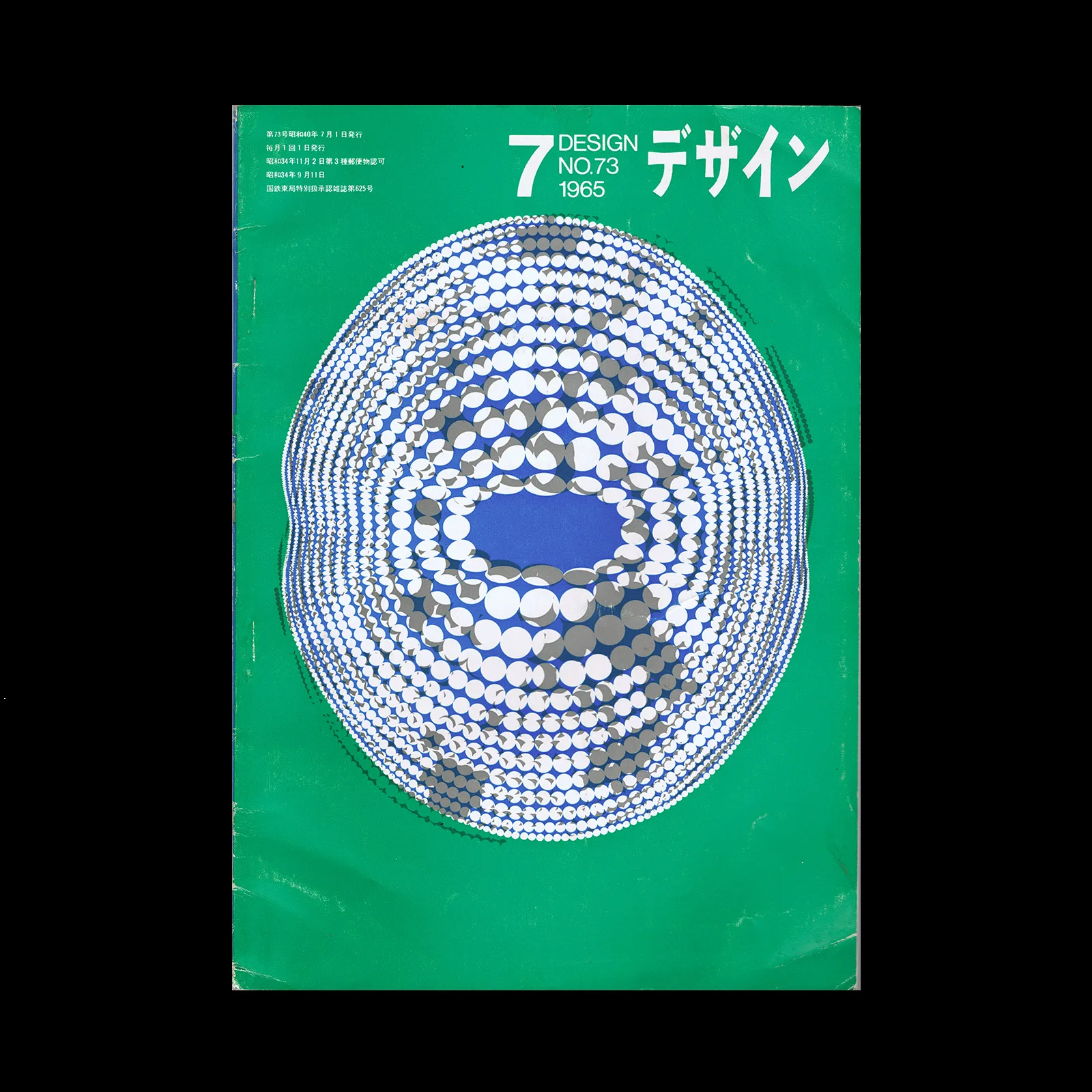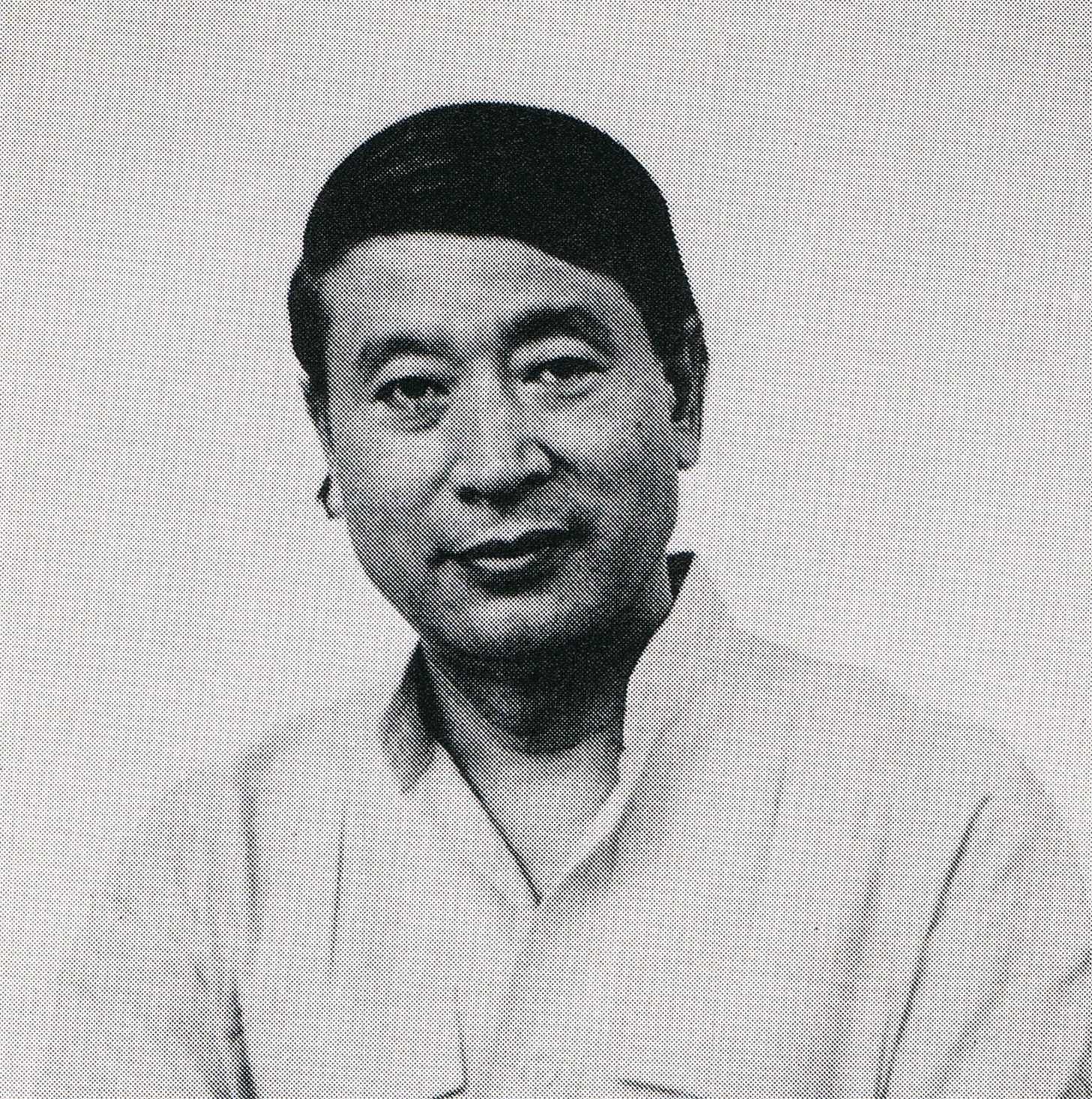


Information
Content includes:
Art of the San Blas Islands – Mola / Teruko Tsuji
The periphery of visual language – Considerations on design / Hiroaki Arima
Junkyard finds / Minoru Takeyama
New Language, New Poetry / Luiz Angelo Pinto, Decio Pignatari; Translated by: Yasuo Fujitomi
・Semiotics
・Language
・Towards a new language
・4 poems by Luiz Angelo Pinto
・2 poems by Decio Pignatari
Exterior space and the modernity of sign design / Ryuichi Hamaguchi
・Urban space and sign design / Takaho Itagaki
・The launch of the Japan Sign Designers Association and the attitude of designers / Ryoichi Takeoka
Taipogura Walking Diary – Final Episode> Europe / Hiroshi Hara
Mark phenomenology – Mark design seen as lettering ③ Continued: Checkpoints, especially their internationality / Takao Imazu
Half of my life – Designer three-sided mirror / Katsuhei Toyoguchi
・Before I was a designer
・Student days
・Awareness acquisition period
・Crafts training center period
・Testing center period
Details
Linked Information

